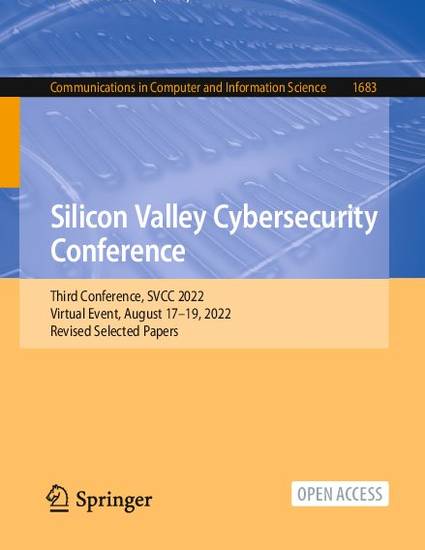
In previous work, “gist descriptor” features extracted from images have been used in malware classification problems and have shown promising results. In this research, we determine whether gist descriptors are robust with respect to malware obfuscation techniques, as compared to Convolutional Neural Networks (CNN) trained directly on malware images. Using the Python Image Library (PIL), we create images from malware executables and from malware that we obfuscate. We conduct experiments to compare classifying these images with a CNN as opposed to extracting the gist descriptor features from these images to use in classification. For the gist descriptors, we consider a variety of classification algorithms including k-nearest neighbors, random forest, support vector machine, and multi-layer perceptron. We find that gist descriptors are more robust than CNNs, with respect to the obfuscation techniques that we consider.
- Convolutional neural network,
- Gist descriptors,
- Malware
Available at: http://works.bepress.com/mark_stamp/131/
